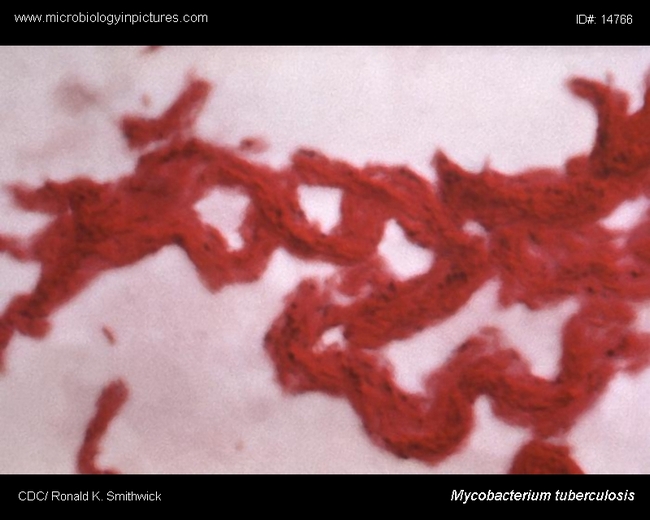
Cording, in mycobacteriology, refers to a tendency of some mycobacteria (especially Mycobacterium tuberculosis) to grow end to end giving them a rope or cord-like appearance when viewed on a stained slide through a microscope. This growth pattern is due to cord factor, a glycolipid, and contributes to the virulence of the organism.

Under a high magnification of 1000×, this Ziehl-Neelsen stained mycobacterial culture specimen reveals numerous acid-fast bacilli, which by growing end-to-end, now displayed a morphologic phenomenon known as "cording".
This image is in the public domain and thus free of any copyright restrictions.
